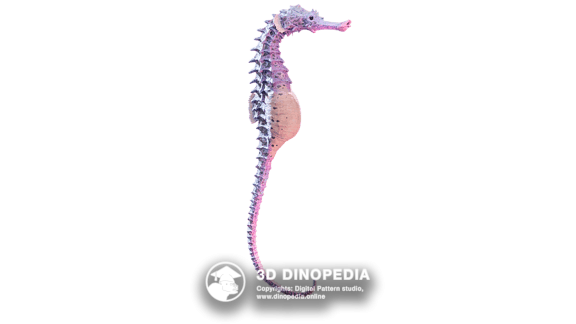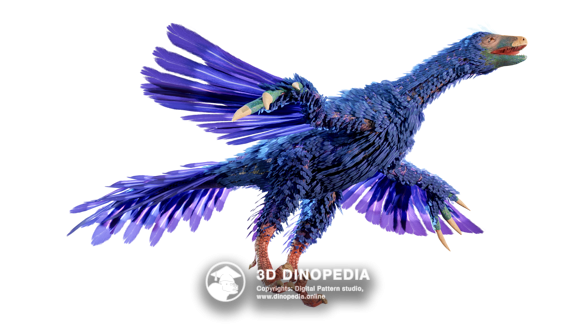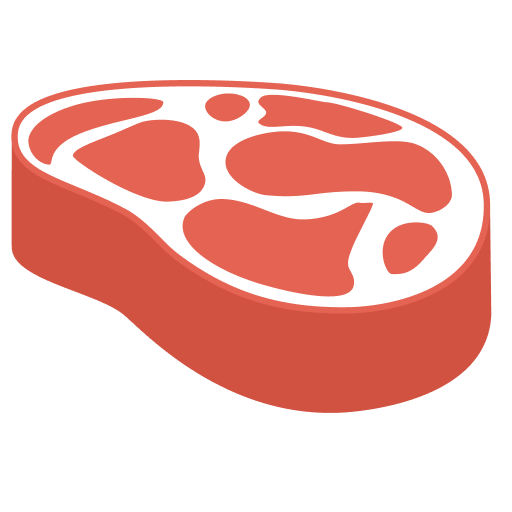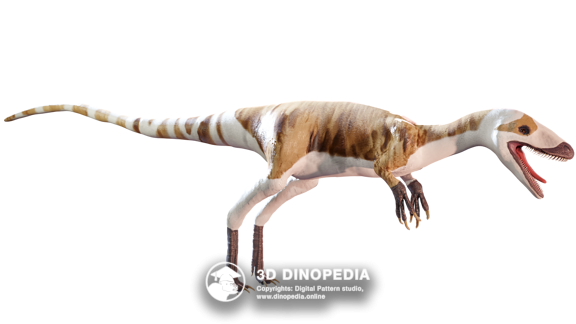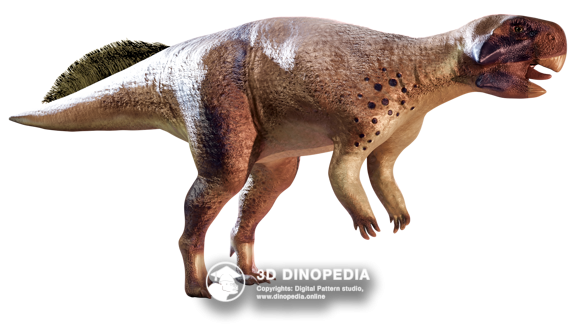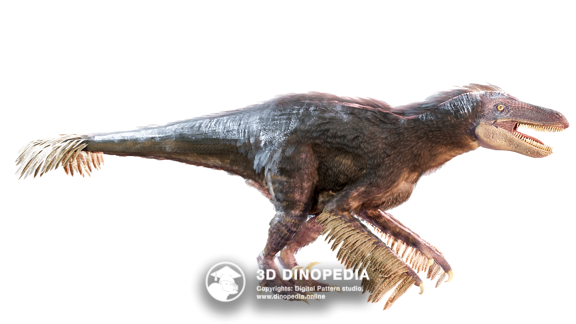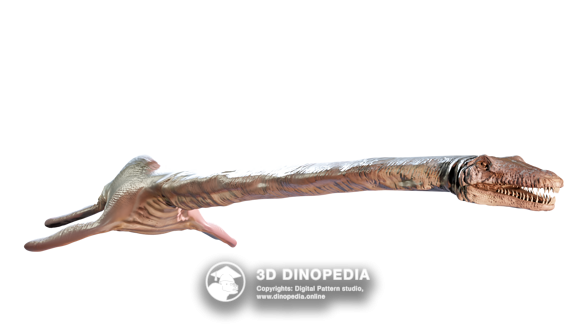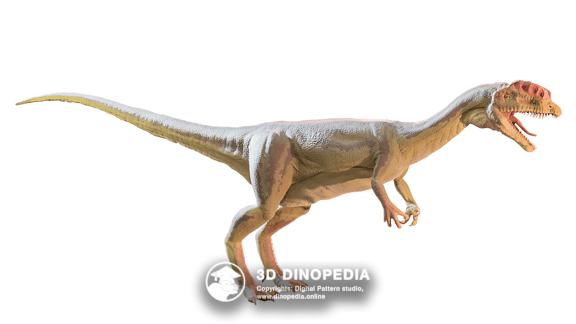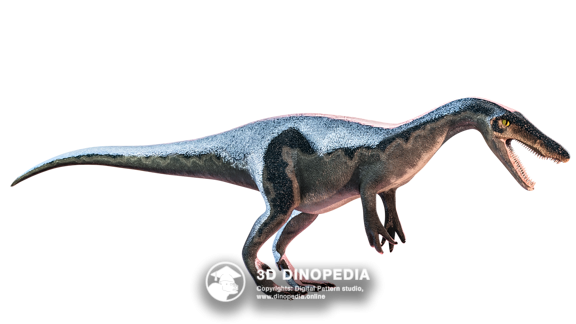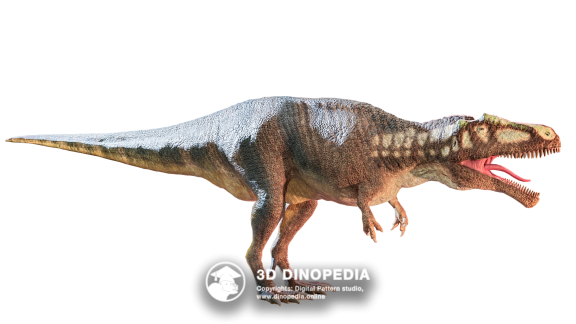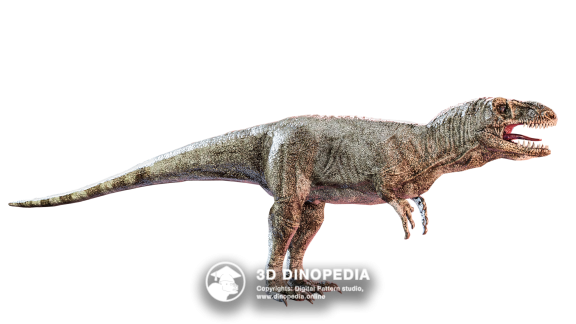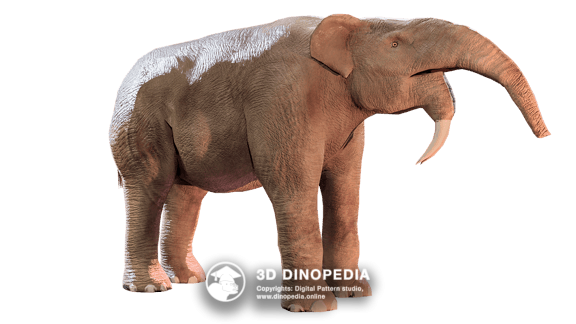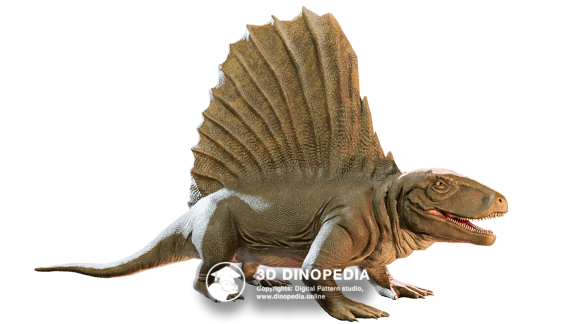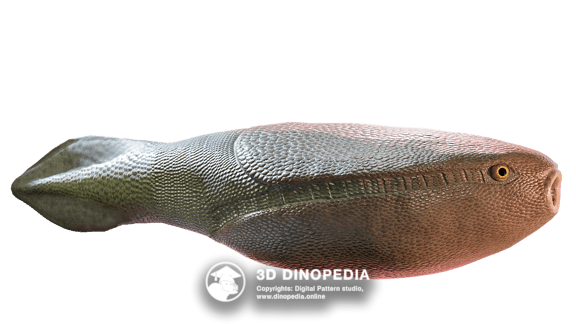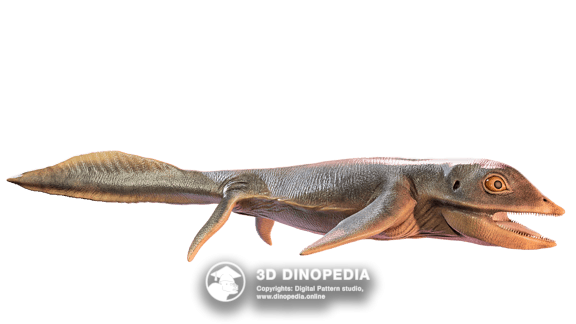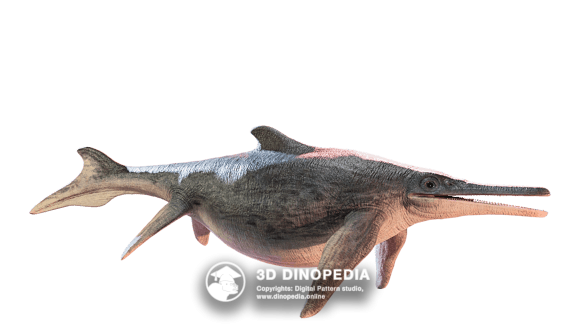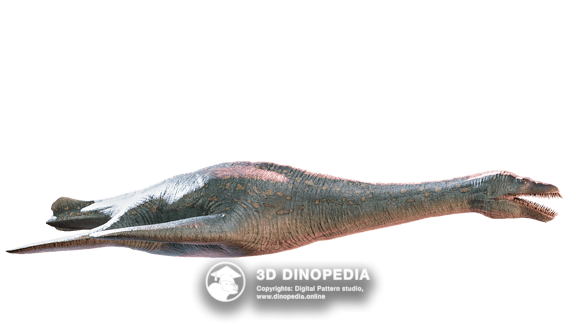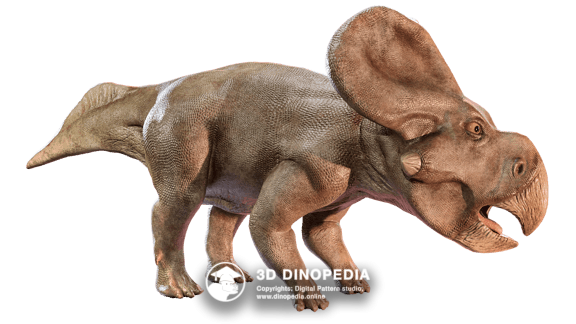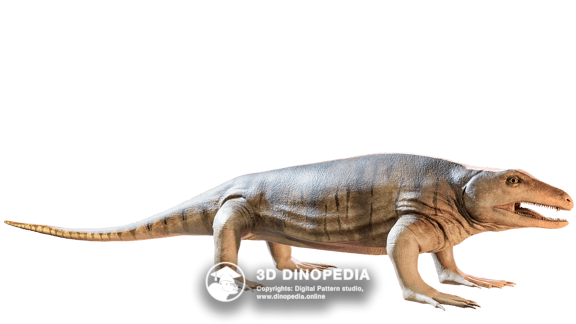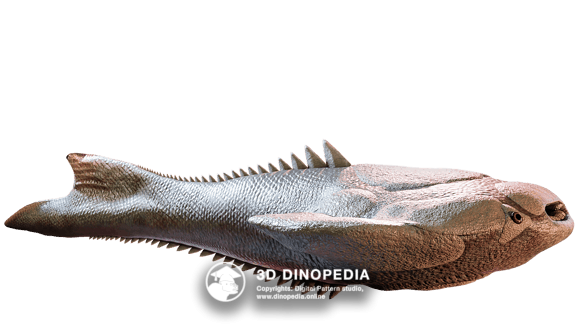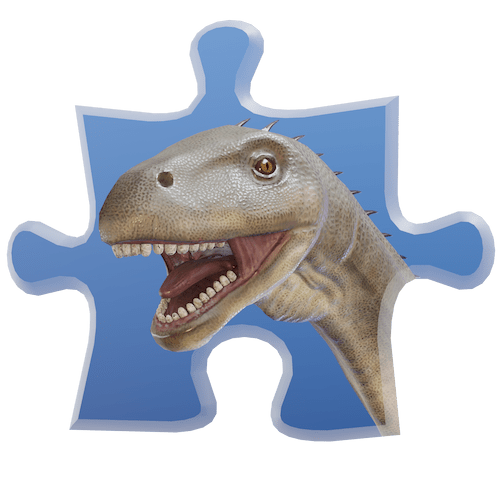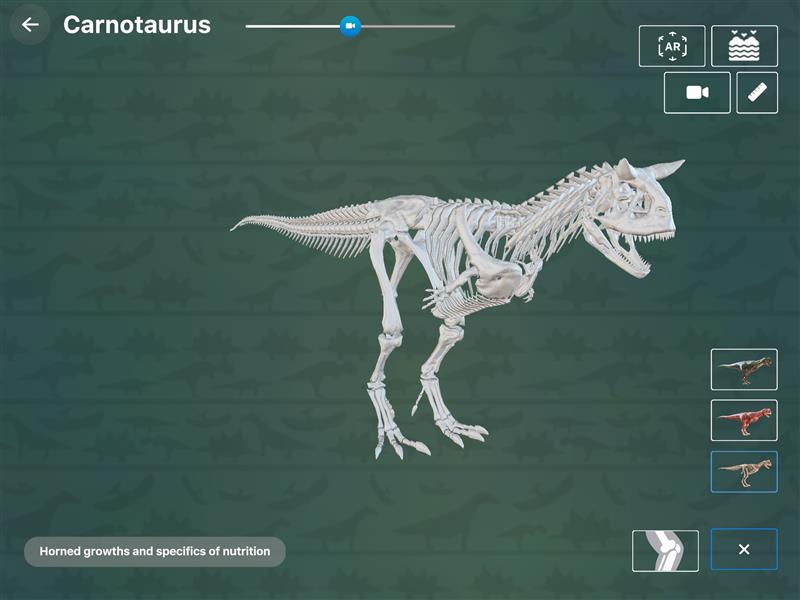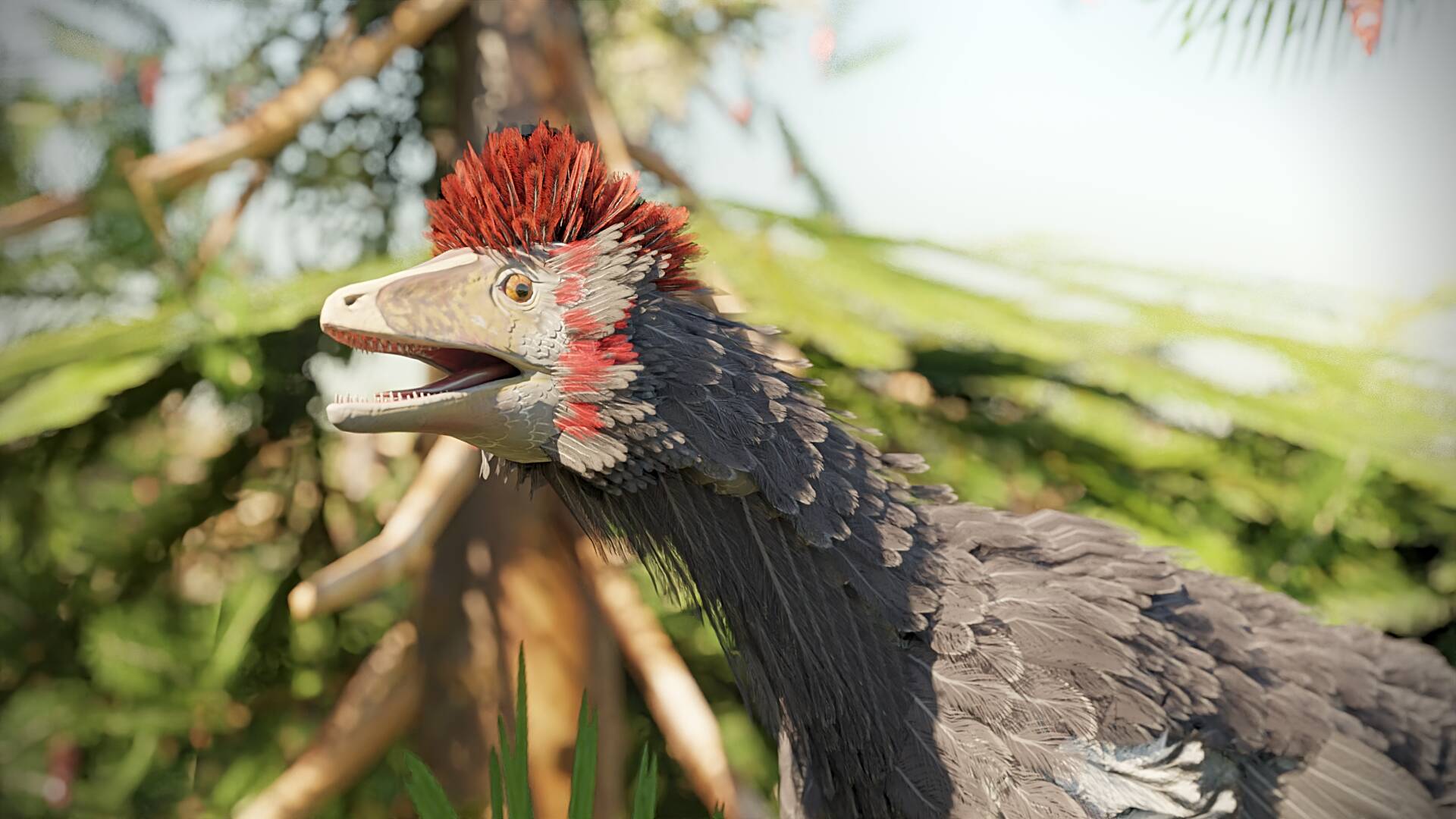Coelodonta

Name meaning:
Hollow Tooth
Period of life:
3.7–0.014 million years ago
Period:
Habitat:
Tundra
Taxonomy:
Mammals
Countries:



Name Meaning: "Hollow Tooth" (from Greek words κοῖλος "hollow" + ὀδούς "tooth")
One of the most famous Pleistocene animals, a typical representative of the "mammoth fauna," was the woolly rhinoceros (Coelodonta antiquitatis). It roamed the vast expanses of Eurasia, from Portugal to the Far East, living in the cold steppe regions that covered almost half of Eurasia in those times before the edge of the massive glacier. This was one of the largest mammals adapted to the cold climate, reaching lengths of up to 3.5-4, sometimes even 4.5 meters, and weighing around 2-3, up to 3.5 tons. It was covered in thick reddish fur that protected it from the harsh conditions of the ice age. Beneath the fur was a thick undercoat, and, additionally, a layer of subcutaneous fat provided further insulation from the cold.
The woolly rhinoceros belonged to the extinct genus Coelodonta, closely related to modern rhinos. It is known from numerous fossil finds, including complete skeletons and almost intact bodies preserved in permafrost. These finds give scientists a detailed understanding of its morphology and ecology.
The skull of the woolly rhinoceros was large and massive, with powerful jaws adapted for chewing coarse vegetation. Its teeth had high crowns, allowing it to efficiently process tough grasses, which made up most of its diet. The nostrils were located at the front of the snout, and the ears were short and rounded, reducing heat loss. The most distinctive feature of the woolly rhinoceros was its long, slightly curved horn, which could reach up to 1.5 meters in length. Behind the first horn was a significantly shorter second horn. To support the heavy head with the horn, the rhinoceros had a strong occipital crest and tall vertebral processes, between which powerful neck muscles were anchored, like steel cables.
The woolly rhinoceros had a stocky and massive body with thick limbs designed to support its large weight. The front and hind legs were approximately the same length, making its movement stable. Its tail was short and covered in fur, reducing heat loss.
Remains of the woolly rhinoceros have been found across Eurasia, from the UK to northeastern Asia. Many discoveries have been made in Siberia, where permafrost preserved not only bones but also soft tissues of these animals.
Besides the most famous species, Coelodonta antiquitatis, or "woolly rhinoceros," there are three known older relatives in the genus: Coelodonta nihowanensis, Coelodonta thibetana, and Coelodonta tologoijensis. The oldest among them is the Tibetan coelodonta (Colodonta thibetana), which appeared around 3.7 million years ago. It was widespread in Tibet, where it likely developed the main adaptations to cold climates that its descendant would later use during the ice ages.
Discussions
Other animals
 INTERESTING FACTS
INTERESTING FACTS
 PUZZLES
PUZZLES
 HOME
HOME
 3D MODEL "SKIN"
3D MODEL "SKIN"
 3D MODEL "MUSCLES"
3D MODEL "MUSCLES"
 3D MODEL "SKELETON"
3D MODEL "SKELETON"
 VISION
VISION
 NEIGHBORS
NEIGHBORS
 VOICE ACTING
VOICE ACTING
 AR - MODE
AR - MODE
 GALLERY
GALLERY
 HISTORY OF DISCOVERIES
HISTORY OF DISCOVERIES







